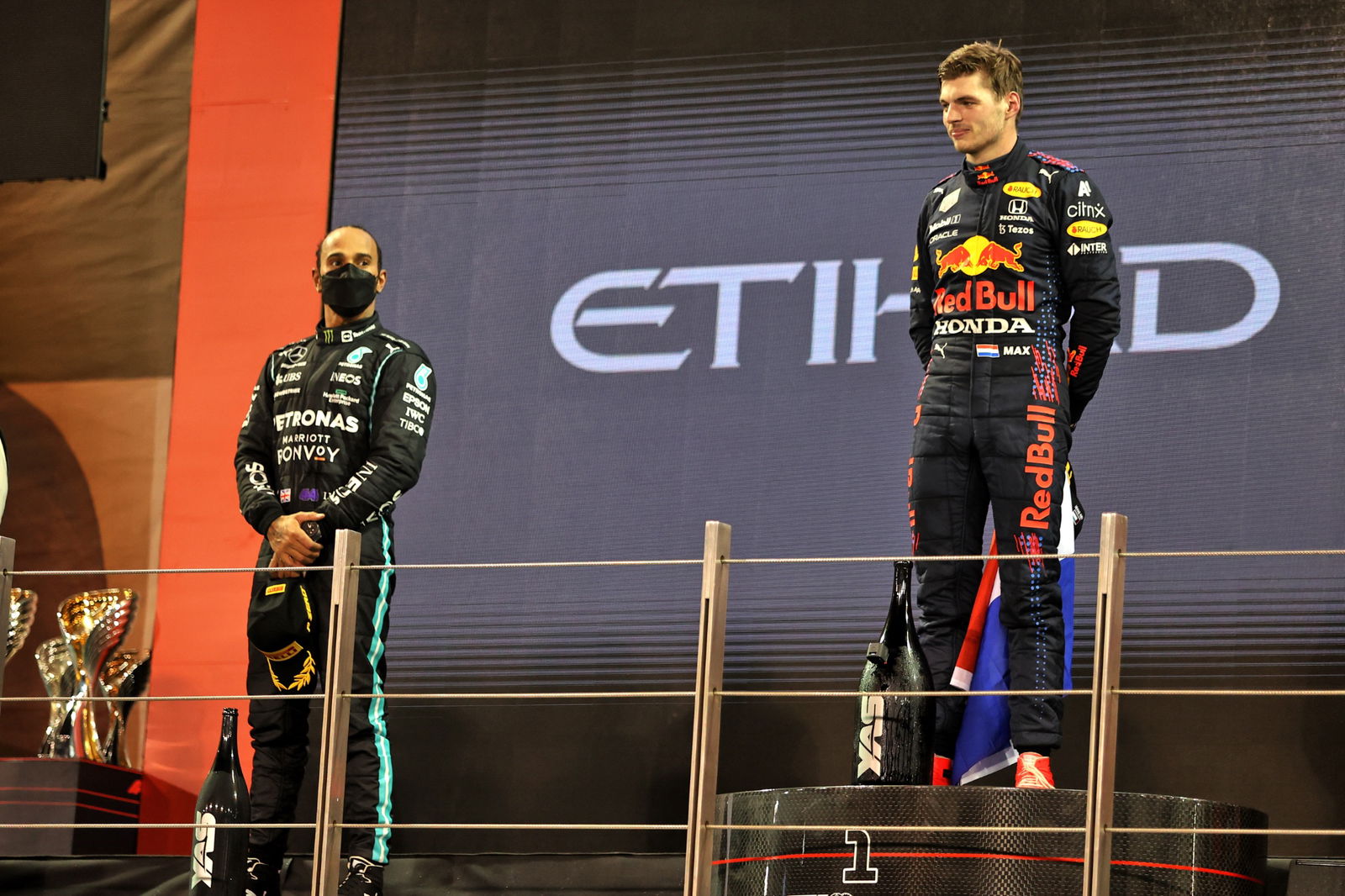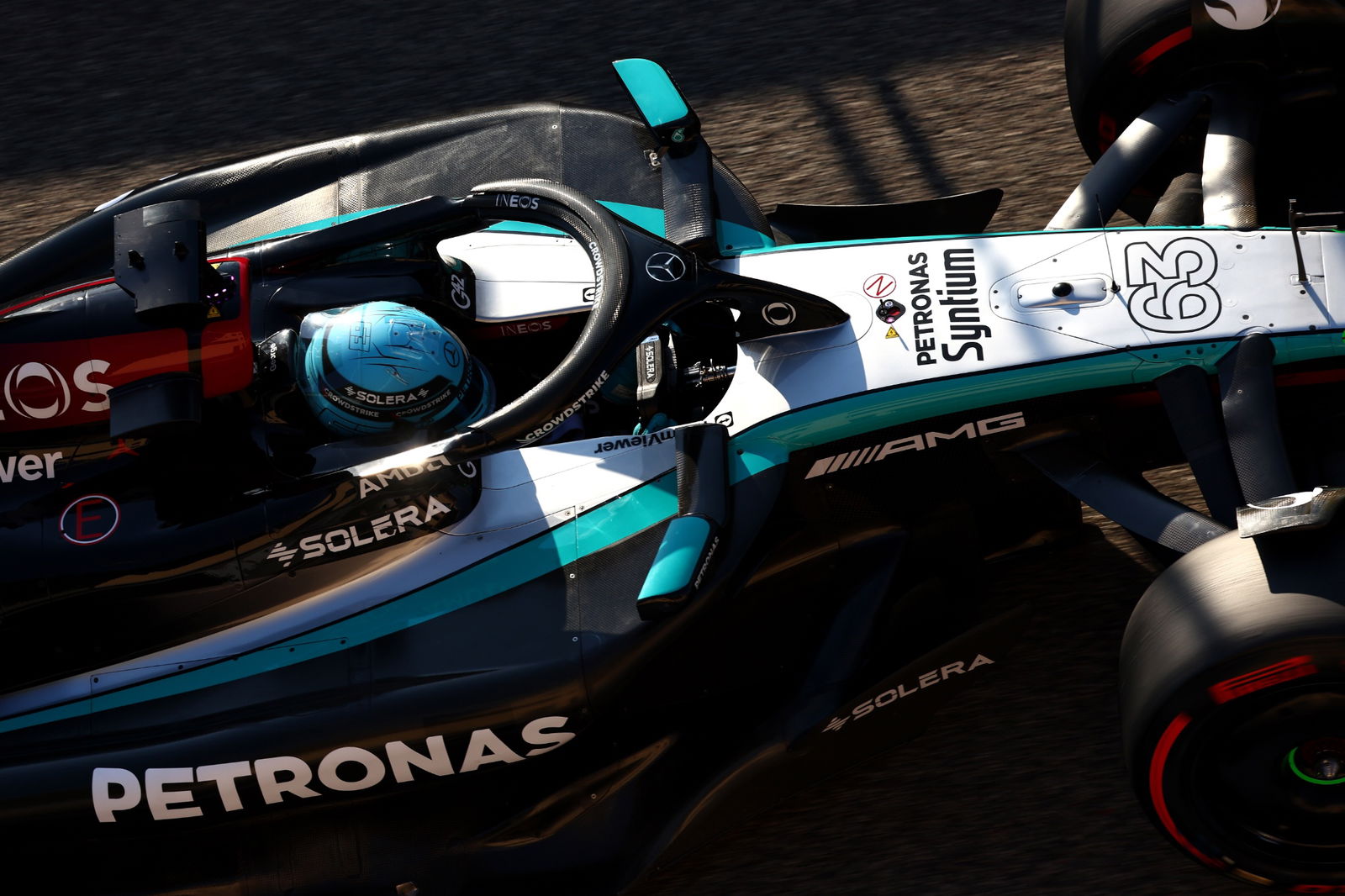Mystery of Lewis Hamilton’s “broken seat” explained by Mercedes
Lewis Hamilton reported a broken seat in Bahrain but Mercedes have now explained the issue

Mercedes have insisted “the seat was fine” - and have detailed why Lewis Hamilton thought he had a big problem with the W15 last weekend.
Hamilton reported a broken seat to his race engineer Peter Bonington at the season-opening F1 Bahrain Grand Prix but, ahead of this weekend’s race in Saudi Arabia, Mercedes have fed back about the issue.
“Well, we obviously got the car back, checked the seat straight away, and the seat was fine,” Trackside Engineering Director Andrew Shovlin said.
“Now, the seats are obviously designed to be able to be lifted out because in the event of an accident, the driver comes out in his seat.
“And ultimately, the thing that holds the seat in the car is the driver who's strapped into his seat belts.
“The only thing we can think is that if Lewis was ever so slightly loose, he moved a bit and maybe the seat came up, had a little bit of motion and dropped down again, because looking at it afterwards, there's no evidence that anything's broken, that it was in the wrong position.
“But fundamentally that whilst it might be a bit uncomfortable for the driver if they're not really rigidly located in the car, fundamentally a failure of the seat doesn't mean that the driver can come loose out.
“So they're always safe. But as I said, it looks like this was something very subtle that maybe there was a bit of motion, and then it settled down and was fine for the rest of the race.”
The Mercedes W15 also struggled with cooling problems in Bahrain.
Technical Director James Allison said: “Well that was actually the biggest unanswered mystery from the weekend.
“We were substantially hotter in the race than we expected to be.
“And while it's always something of a gamble choosing your cooling level for a given race weekend because you're having to take a bet on free practice running, what the weather is going to be like on a Sunday.
“And normally you're also making a few corrections for different power levels and, other things that can vary between the race and when you're doing your practices.
“This particular weekend was one of the weekends where we had to make the fewest guesses possible.
“Since we'd already run this cooling level loads of times in winter testing, we'd already run these power levels in winter testing as well as free practice.
“The temperature that we got on race day was incredibly close to what we predicted it would be, and therefore we had all of the circumstances to make an accurate prediction for where the temperatures would be.
“The fact that we got it wrong by more than 1 or 2 degrees is extremely unusual and quite punishing, because once the cars are above the limit that the engine guys will, guarantee the engine to.
“We just have to back off the car. We have to back off the throttle at the end of the straights, we have to turn down some of the modes of the engine just to make them survive.
“And that just robs you of lap time, it robs you of tyre temperature, and it just ruins your race effectively.
“So it isn't solved yet. It's one of the things that we got a programme of work this week in the factory to try to understand of the very small number of things that could possibly have changed between free practice and race, what was it that gave rise to that unexpected temperature increase?
“And, it will be a considerable relief when we pin that down and make sure it doesn't then happen to us again at any point this year.”
Hamilton finished in P7 at last week’s season opener but will hope for a step forward in his W15’s performance this weekend in Jeddah.

